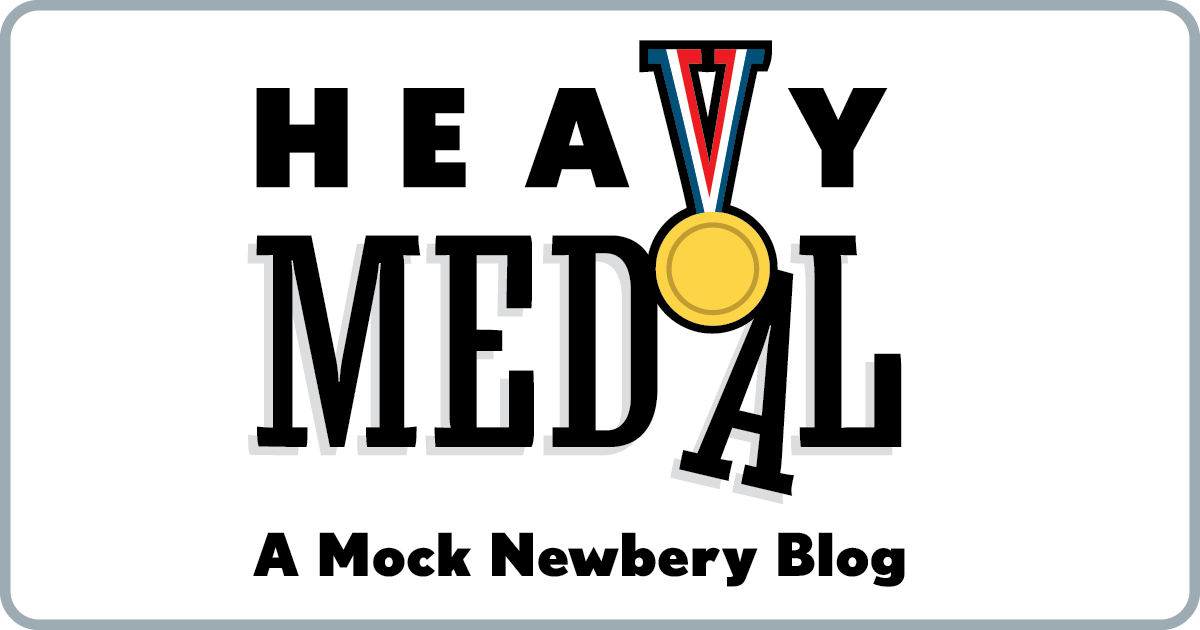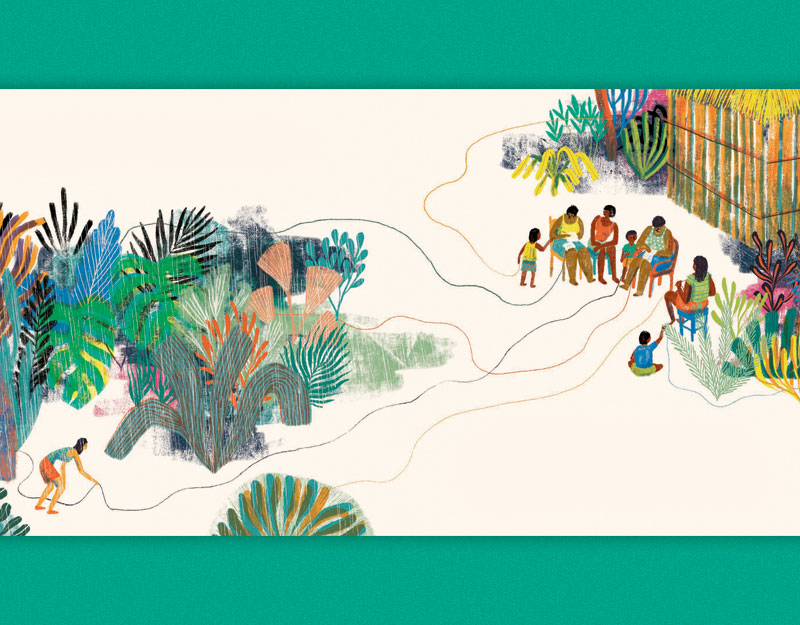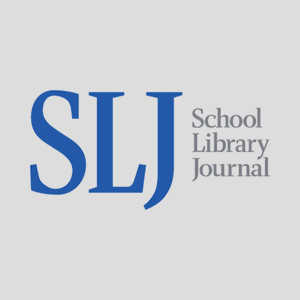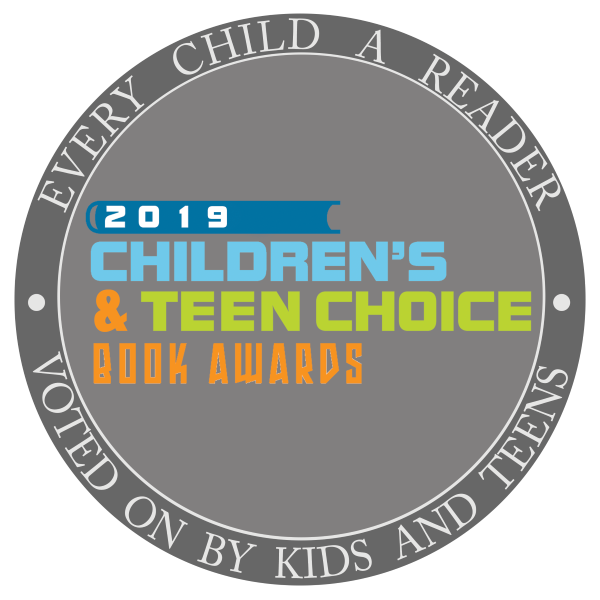The Girl Who Circumnavigated Fairyland
 THE GIRL WHO CIRCUMNAVIGATED FAIRYLAND IN A SHIP OF HER OWN MAKING by Catherynne Valente certainly has the most intriguing title of the year. It’s a fantasy that has drawn comparisons to such classics as ALICE IN WONDERLAND, THE WIZARD OF OZ, and PETER PAN. It has a very distinctive narrative voice that drove me crazy, but perhaps you will find it charming.
THE GIRL WHO CIRCUMNAVIGATED FAIRYLAND IN A SHIP OF HER OWN MAKING by Catherynne Valente certainly has the most intriguing title of the year. It’s a fantasy that has drawn comparisons to such classics as ALICE IN WONDERLAND, THE WIZARD OF OZ, and PETER PAN. It has a very distinctive narrative voice that drove me crazy, but perhaps you will find it charming.
Once upon a time a girl named September grew very tired indeed of her parents’ house, where she washed the same pink-and-yellow teacups and matching gravy boats every day, slept on the same embroidered pillow, and played with the same small and amiable dog. Because she had been born in May, and because she had a mole on her left cheek, and because her feet were very large and ungainly, the Green Wind took pity on her and flew to her window one evening after her twelfth birthday. He was dressed in a green smoking jacket, a green carriage-driver’s cloak, and green jodhpurs, and green snowshoes. It is very cold in the clouds in the shantytowns where the Six Winds live.
ADVERTISEMENT
ADVERTISEMENT
Here’s the problem. It was originally serialized online several years ago–and already won the Andre Norton Award. While that award didn’t have any problems with its electronic format, the Newbery is an entirely different matter. Here are the relevant passages, in my opinion.
Publication Eligibility Issues
(D) PUBLISHED – means prepared and issued for public sale. This includes the acquisition, editorial work and release of a book and may (or may not) also include marketing and promotion.
Example: Eragon, by Christopher Paolini, was originally self-published by Paolini International, Livingston, Montana, in 2002. Subsequently, in 2003, it was published by Random House. Because the first edition had been sold locally and distributed by the author, the Random House edition was ineligible. The same would have been true had the original publication been by any smaller publisher, rather than by the author.
(E) PUBLICATION DATE. The intent is that every eligible book be considered, but no book be considered in more than one year.
Book Eligibility Issues
(A) ORIGINAL WORK. 5. A book first published in electronic format (e-book) and subsequently published as a hardcover or paperback book is not eligible.
(D) BOOK means that the work was published in book format (pages between covers). Electronic books (e-books) and technological additions (including, but not limited to, CDs, DVDs, or accompanying websites) are specifically excluded from consideration of the book itself. A book published only in electronic format (ebook)
is not eligible.
THE GIRL WHO CIRCUMNAVIGATED FAIRYLAND was ineligible in its original year of publication (by virtue of not fitting this particular definition of book), and thus I do not think it will be given a second chance to compete this year. The only chance it has is if the chair rules that online serialization is not synonymous with publication. Was it issued for public sale? Acquired? Edited? Marketed? It’s a judgment call, but I think all the other criteria point to ineligibility. What do you think?
Filed under: Uncategorized
About Jonathan Hunt
Jonathan Hunt is the Coordinator of Library Media Services at the San Diego County Office of Education. He served on the 2006 Newbery committee, and has also judged the Caldecott Medal, the Printz Award, the Boston Globe-Horn Book Awards, and the Los Angeles Times Book Prize. You can reach him at hunt_yellow@yahoo.com
ADVERTISEMENT
ADVERTISEMENT
SLJ Blog Network
2024 Books from Pura Belpré Winners
Passover Postings! Chris Baron, Joshua S. Levy, and Naomi Milliner Discuss On All Other Nights
Team Unihorn and Woolly | This Week’s Comics
Parsing Religion in Public Schools
5 Middle Grade Books to Celebrate Planet Earth, a guest post by Kristin L. Gray
ADVERTISEMENT








Hmm, this question is more open than I anticipated, because it looks like from this page http://www.catherynnemvalente.com/fairyland/about that the book was offered in its entirety for free, donations appreciated. That doesn’t seem the same as something being offered for public sale–at best, it’s a gray area.
My idea of open and shut is if you can address its eligibility from the Newbery Terms & Criteria (e.g. EVERY THING ON IT by Shel Silverstein should be eligible even though it was published posthumously, while THE FLINT HEART by John and Katherine Paterson should not because it’s an abridgement), but if you have to refer to the Expanded Definitions & Criteria and/or resort to the chain of command for clarification then it isn’t open and shut at all, and requires a degree of personal judgment. Perhaps the lesson of these posts isn’t whether or not these books are eligible–we’ll never know one way or another *unless* they are recognized–but rather this: We can be pretty good mock Newbery committee members, in large part, because we have most of the same tools they do (namely the books and the criteria), but we really aren’t very good mock Newbery chairs because we do not have the investigative powers of ALSC, the collective wisdom and experience of its leadership, nor any idea of how previous issues may have been resolved in the past. I think this is the point Nina made briefly–“It’s not our game, folks”–and will hopefully expand on in the near future. So I fear our brief stint as mock Newbery chairs is quickly drawing to a close, but it was fun while it lasted, wasn’t it?
I don’t think anyone here is under the impression that we have any say in this, or that our discussion will influence anyone. But going through the process helps readers understand the complex nature of eligibility much better, and isn’t building Newbery awareness part of the purpose of the blog?
I have saved myself this discussion, in my own mind, by deciding this tale, which I adored by the way, is really YA so that the Printz folk can talk about it.
But Graceanne, remember that the Newbery and Printz discussions are totally separate, and that there is a crossover in age. A book doesn’t belong to one committee or the other.
I have saved myself this discussion by having decided that the book seems pretty ineligible, and so I still haven’t read it.
Indeed Nina, you are of course correct, but I was being puckish rather than exact.
I think A MONSTER CALLS may also get a look from the Printz committee–and I think it may not be the first time his Newbery eligibility is in question. His first book, THE KNIFE OF NEVER LETTING GO was more YA than this one, but still had a 12- to 13-year-old protagonist. Could have been one of those tippy-top age range books. And the online serialization thing may have come up, too.
Daniel Pinkwater serialized both THE NEDDIAD and THE YGGSEY online before they were published as books. I don’t know that either got serious consideration, but if they did, it’s nearly an identical situation with the Valente.
Are we sure that eligibility isn’t public knowledge? I may have misunderstood KT Horning the other night (it was pretty loud in that restaurant!) but I thought that was what she said.
Martha: well, it was my strong impression. But let me check.
I assumed this one was ineligible based on the online publication, so I didn’t really read it with an eye to the criteria. But all that aside – I found it stylistically interesting, in a way that could be delightful or obnoxious depending on your mood and taste. It felt over-the-top in a way that distracted me from the rest of the book. The plot seemed a little too episodic and the characters matched the style – showy but not enough humanity. I did enjoy the world-building and some of the cleverness of the whole thing. I still can’t decide if it’s just not my style or not that excellent in terms of the criteria.
Yes, Martha, I did say that. Whether specific books are eligible for the Newbery is NOT confidential.
What’s confidential is which books are being considered for the Newbery. If a book has been deemed ineligible, it’s not secret. If eligibility was still in question, or was being debated by the ALSC Executive Committee, that would be confidential because the assumption would be that the book was being considered.
But there’s no reason I can think of why eligibility itself — whether obvious or the result of a E.C. ruling — should be confidential.
…It seems like there may be a fine line on this KT. I’m pretty sure that eligibility decisions are “kept close” even after the fact, whether or not they are considered “confidential.” I asked about the examples used in the expanded defintions, and those publishers were consulted for permission before the examples were used. It’s true that the decisions are based on information that is not confidential, and so it’s truly possible for anyone to determine, for instance, whether Neil Gaiman would be eligible under the residency definition; or how a book was developed editorially and when. It’s also pretty easy to presume what some of the decisions are, or share them innocently.
Interesting, Nina! Can you give an example of a reason for keeping such information close even after the fact? I can’t think of one, so I must just not be thinking of all the possibilities. Why should the obvious ineligibility of a book such as “Harry Potter and the Goblet of Fire” be more public that the less obvious ineligibility of “The Girl Who Circumnavigated Fairyland?”
Hm. Well, what about less obvious ineligibilities that are really fine lines, especially for titles that are widely talked about popular favorites? Would the award be best served by:
A) Knowing that a popular non-winner didn’t win for a reason that might be publicly declaimed, with the possibility of watering down the medal for the winning titles that year; or
B) Having it be public knowledge, and try to explain the process and make it understood as not-for-debate?
I’m not sure the answer really. It’s true that the eligibility standards, especially re first American publication, are fairly limiting beyond what most people would expect, but they do serve a purpose that was part of Melcher’s original intention with the award, and which ALSC has clearly made a point to uphold by not changing in recent revisions…and that is to promote quality publishing for children *in the US*. Would a wider audience care to understand this and be sympathetic to decisions for ineligibility?
There are two camps in management for getting people behind decisions: say less to avoid the appearance of any choice in the matter vs. explain everything to get buy-in. I fall into the latter. But “managing” a public award is different. With the Newbery, confidentiality of committee discussion has a place in strengthening the award and keeping it relevant. Should this extend to confidentiality of eligbility?
Although I understand the reasons for confidentiality, I would love to see the Newbery and Caldecott Awards be as open as possible for the sake of transparency. Eligibility seems to be an area that could be completely open.
In the 1970s ALSC experimented for a few years with printing all of the suggested titles in the November issue of SLJ and in Top of the News. Guess what — the sky didn’t fall and no one is talking 30 years later about the fact that MASTER PUPPETEER was suggested but didn’t win. I don’t think public knowledge of suggested titles detracted from those that did win, either.
I just finished reading this book and I wish we could talk about it. I can already picture Jonathan pulling out quote after quote after quote from this one. Love the language play foremost.
It certainly is distinctive and unusual, and I thought very well done. But it sounds like it cannot be considered because of previous publication? I realize the last post on this forum was over a month ago.